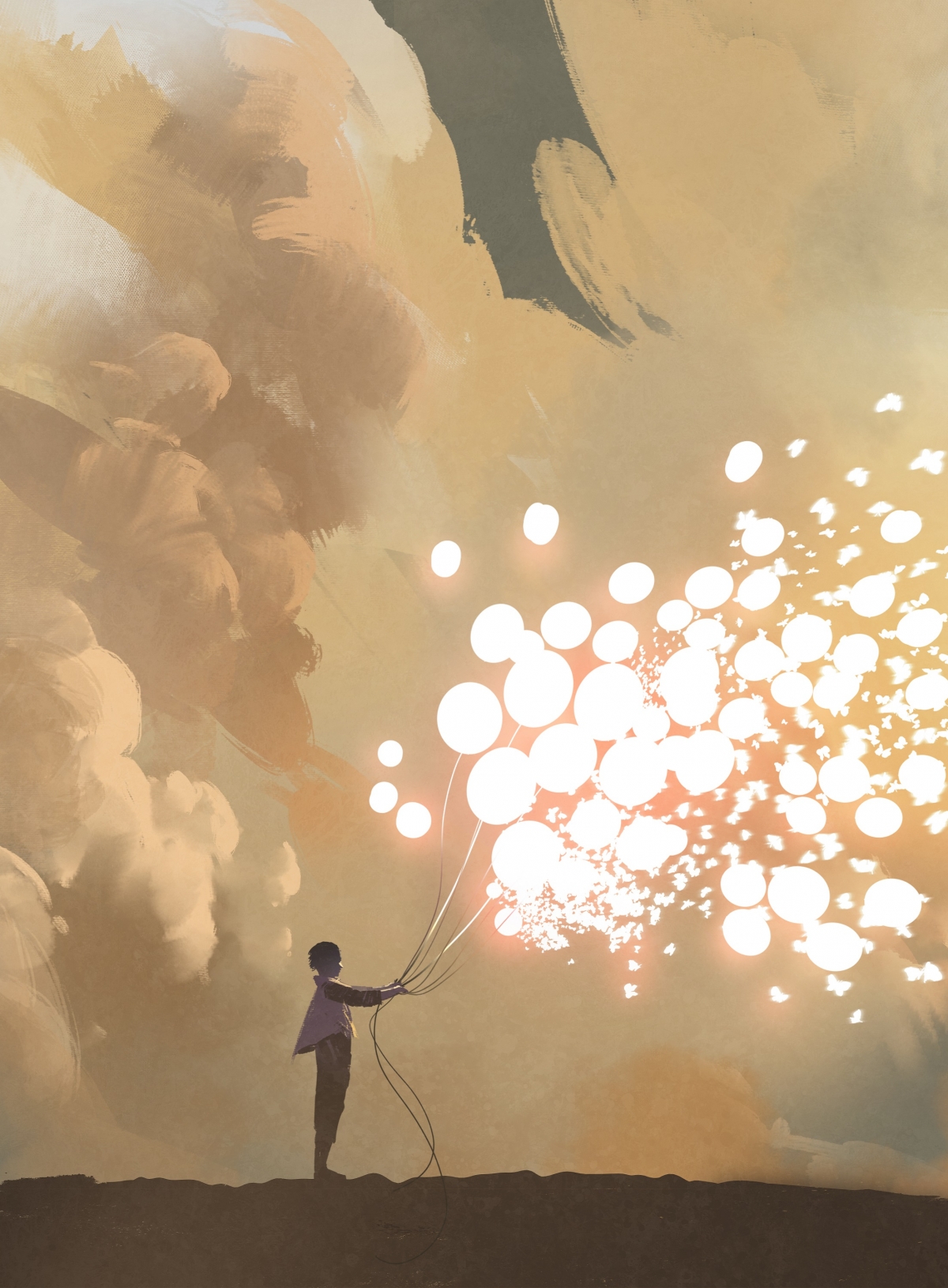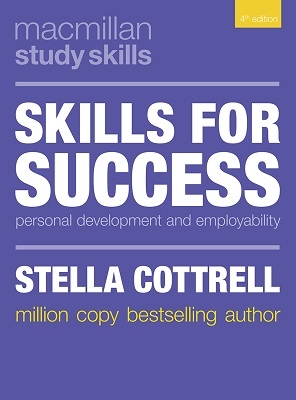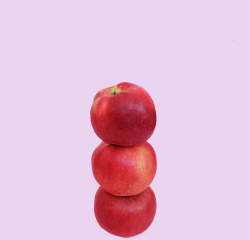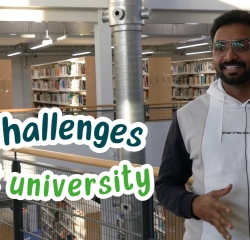
Too often, people equate creativity with being a particular kind of person, such as an artist, designer, performer or inventor.
As a result, they underestimate their own creative capacity. They don’t think of all the occasions when they used their minds and resources creatively to deal with novel and unexpected situations.
We all have our own spheres where our natural creativity shines.
It might be:
- Seeing the funny side when things go wrong
- Cooking a special meal on a tight budget
- Making patients feel at ease before an operation
- Smoothing the waters when people are arguing
- Finding thoughtful gifts for others

Reflect
- What kinds of creativity do you demonstrate in your own life? Put another way, what sorts of things seem to be easier for you than for others?
- In which areas of your life would you like to be more creative?
We all have our own spheres where our natural creativity shines.
It might be:
- Seeing the funny side when things go wrong
- Cooking a special meal on a tight budget
- Making patients feel at ease before an operation
- Smoothing the waters when people are arguing
- Finding thoughtful gifts for others

Reflect
- What kinds of creativity do you demonstrate in your own life? Put another way, what sorts of things seem to be easier for you than for others?
- In which areas of your life would you like to be more creative?
Helping the ‘creative spark’
It is easy to fall into just sitting, waiting and hoping for inspiration, expecting an answer to fall from the sky. The magic element – the ‘creative spark’ – can feel elusive.
A more active, practical approach can help to oil the brain and assist it in generating ideas when needed. There are many simple techniques that can be used to generate ideas.
Keeping an open mind at this early stage is crucial. Many people censor ideas at a very early stage if the ideas do not immediately seem sensible or useful.
Creativity takes courage. Henri Matisse
Suspend judgement
Negative attitudes strangle creativity. We often dismiss the embryo of a good idea because we will not risk appearing foolish. Creativity, however, involves risks, mistakes, and ‘bad’ ideas as well as good.
Only one in ten or twenty ideas will lead anywhere. To be creative requires the capacity to suggest ideas without immediately worrying about whether they are ‘right’ or what other people will say.
Suspending judgement means:
- Avoiding negative self-judgements, such as ‘I am not a creative person’
- Giving all ideas a chance to flow
- Being willing to express ‘bad’ or ‘silly’ ideas
- Encouraging others to suggest ideas
- Noting all ideas in the early stages, without immediately evaluating them
- Being willing to look at all ideas for hidden potential
- Not assuming that a good idea holds all the answers
- Avoiding self-criticism if good ideas do not emerge quickly

Five strategies for generating ideas
1. Don’t stop at one idea – find 5, 10 or 20
Those who think they know the answer to a question rarely look for a better one.
The chance of finding the best idea to a novel problem the first time around is quite remote.
Searching for one solution can take longer than proposing several: we can be so concerned about finding the one ‘right’ answer that we block our thinking.
If we look for many solutions, our thinking can be more relaxed: we will not use most of the ideas so it is safe to have some bad ones.
Multiple ideas give us lots to work from. The more alternatives we consider, the likelier it is we will find the best solution.

2. Phrase brain-stimulating questions
Pause for a moment, and write down a response to the following question:
What is the use of a shoebox?
This typically prompts just one response, as the wording of the question suggests there is only one use.
However, if asked ‘How many uses can you think of for a shoebox?’ people usually generate many responses: carrying shoes, making a doll’s house, posting items, storing craft materials, etc.
In other words, the way we phrase a task or question influences how we approach it.

3. Just a minute
It may seem paradoxical, but it is often more productive to give yourself a short time limit to generate ideas than to labour over them for hours.
The brain can be better at leaping into action if it knows it has a time limit – as long as it isn’t overstressed. This does not usually work well if you leave important tasks to the last minute, as you need to be relaxed. Approach the task in a ‘playful’ way.
Try it out. Give yourself just one minute to jot down everything you can think of to solve one problem you are working on currently. If you do not generate any useful ideas in that time, you have only lost a minute.

4. Play with time
If an activity is likely to take three hours, leave at least four to complete it, but aim to complete it in two. If you allow more time than you need, you reduce the need to ‘get it right’ first time.
Less stress can mean more creative thinking. You will also have more time to fine-tune your answer and deal with emergencies. The time challenge creates just enough excitement to generate adrenaline to help with the task and reduce sluggishness.
If you have too much time, it is tempting to delay starting or to work more slowly. Set off at a good pace, aiming to finish at an earlier target time than your absolute deadline.

Play with time
If an activity is likely to take three hours, leave at least four to complete it, but aim to complete it in two. If you allow more time than you need, you reduce the need to ‘get it right’ first time.
Less stress can mean more creative thinking. You will also have more time to fine-tune your answer and deal with emergencies. The time challenge creates just enough excitement to generate adrenaline to help with the task and reduce sluggishness.
If you have too much time, it is tempting to delay starting or to work more slowly. Set off at a good pace, aiming to finish at an earlier target time than your absolute deadline.

5. Ask 'What if... ?' questions
‘What if… ?’, ‘Why not... ?’ or ‘Supposing… ?’ questions stimulate the imagination. The wording suggests an imaginary state that is safe to explore (it isn’t real, so it can’t do any damage) but which might provide real answers.
If you reach a point where your ideas feel stuck, use ‘what if …’ questions. For example:
- ‘What if … we designed a model that worked on its side/upside down/in reverse?’
- ‘Why not … ask those residents what they want their town to be like?’
- ‘Supposing … we ate ten small meals a day rather than any big ones?’
- ‘Supposing … we drew our reasoning rather than using words and numbers?’
- ‘What if … witnesses were never visible to the accused?’
‘What if… ?’ questions can open up new and unexpected areas for exploration.

Over to you
Take a problem, issue or assignment that you are currently working on, and try out one of the approaches above. Use the box alongside to record your ideas.
More from Macmillan
Looking for more ways to get your creative juices flowing? See Chapter 10 of Skills for Success by Stella Cottrell for more ideas.
More from Bloomsbury

Looking for more ways to get your creative juices flowing? See Chapter 10 of Skills for Success by Stella Cottrell for more ideas.

Why not use some of these strategies when choosing a topic for your next research project or assignment?



